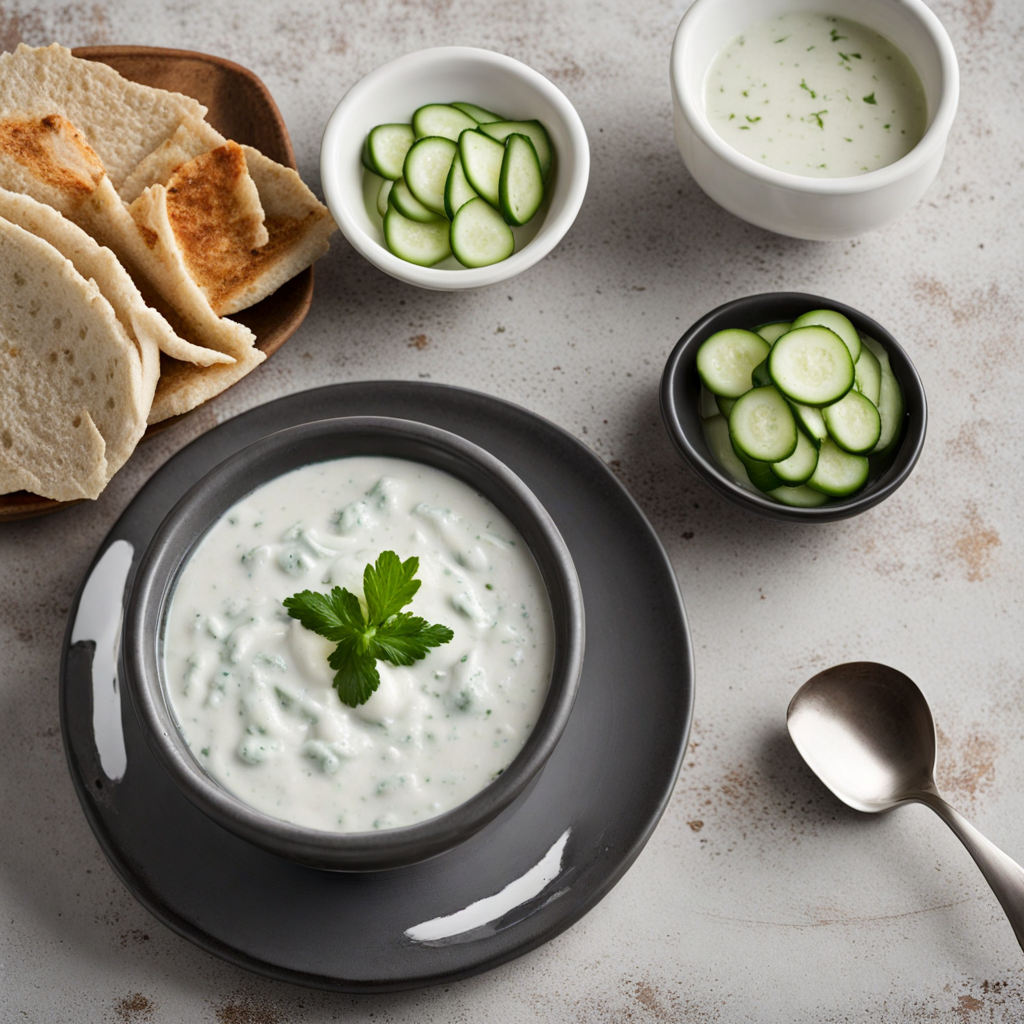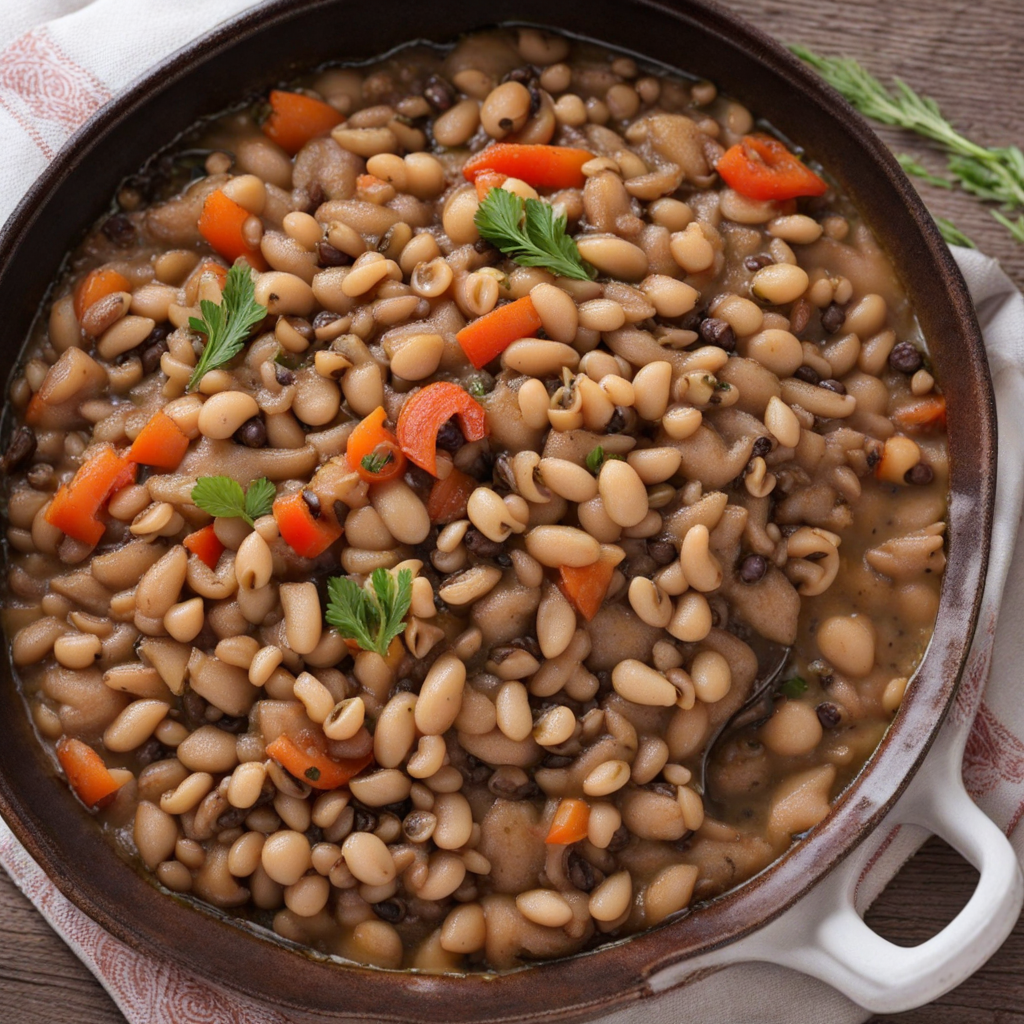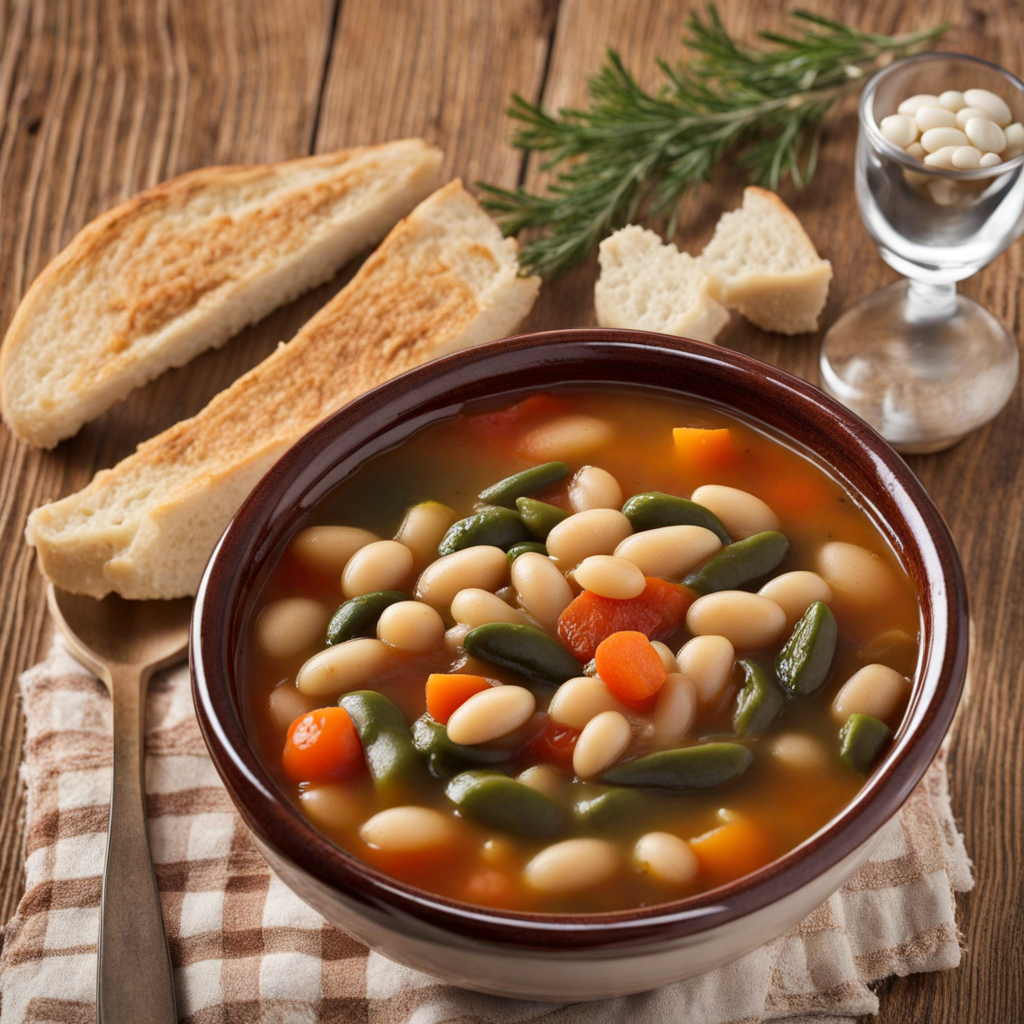Revani
Revani is a delightful semolina cake that offers a unique taste experience, hailing from the cultural melting pot of Cyprus. This moist and fluffy dessert is made primarily from semolina, sugar, eggs, and yogurt, which together create a rich, dense texture that melts in your mouth. Infused with a hint of lemon or orange zest, Revani surprises the palate with its bright and refreshing citrus notes, balancing the sweetness of the cake beautifully. The use of yogurt not only adds moisture but also lends a slight tang, enhancing the overall flavor profile of this delectable treat. Once baked to a golden perfection, Revani is traditionally soaked in a syrup made from sugar and water, often flavored with rosewater or more citrus, which seeps into the cake, ensuring each bite is infused with sweetness. This syrupy layer not only enhances the cake’s flavor but also contributes to its luscious texture, making it a true indulgence. The result is a dessert that is both light and satisfying, ideal for pairing with a cup of strong coffee or tea. Revani is often served at special occasions and celebrations, symbolizing hospitality and joy in Cypriot culture. Its vibrant, inviting appearance—often garnished with slivers of almonds or coconut—makes it a stunning centerpiece at gatherings. With each forkful, one discovers a comforting blend of flavors that reflect the rich culinary heritage of Cyprus, inviting newcomers to savor a slice of this exquisite cake and appreciate the warmth of Cypriot hospitality.
How It Became This Dish
The Sweet Legacy of Ρεβανί: A Cypriot Delight #### Origins Ρεβανί, pronounced "revani," is a traditional semolina cake drenched in syrup, with roots that trace back to the rich culinary history of the Eastern Mediterranean. Though its exact origin is somewhat obscured by time, many food historians speculate that revani has its beginnings in the Ottoman Empire, where the fusion of various culinary traditions produced a plethora of sweets that remain popular today. The cake’s main components—semolina, yogurt, and simple syrup—reflect the agricultural bounty of the region and the influence of both Turkish and Greek cuisines. The earliest references to revani can be tied to the Byzantine era, where similar desserts made with semolina and soaked in syrup were commonly enjoyed. As the Ottomans expanded their empire, they brought with them their culinary traditions, leading to the spread of revani throughout the regions they controlled, including the islands of Cyprus. #### Cultural Significance In Cyprus, revani has transcended mere dessert status; it is a symbol of hospitality and celebration. The cake is often served at weddings, religious holidays, and family gatherings, embodying the spirit of communal joy. During Orthodox Christian festivities, particularly Easter, revani takes center stage as a treat that signifies rebirth and renewal. It is not uncommon for families to prepare large trays of revani to share with neighbors and friends, reinforcing the bonds of community and tradition. The preparation of revani also carries significant meaning. In many Cypriot households, the recipe has been passed down through generations, with each family adding its own unique twist. This personal touch can be seen in variations that include coconut, almonds, or even citrus zest, each adding a distinct flavor profile while maintaining the essence of the original dish. The act of preparing revani is often considered a labor of love, bringing families together in the kitchen and providing an opportunity to share stories and memories. #### Development Over Time Throughout the years, revani has evolved, reflecting the changing tastes and influences of the region. In its traditional form, the cake is made from semolina flour combined with yogurt, eggs, sugar, and baking powder. The mixture is baked until golden and then soaked in a sweet syrup made from sugar and water, often flavored with lemon or rose water. This soaking process is crucial, as it transforms the cake from a simple baked good into a moist and fragrant delicacy. In the late 19th and early 20th centuries, as Cyprus experienced political and social changes, the culinary landscape also began to shift. The island’s cuisine began to integrate influences from British colonial rule, as well as from neighboring Mediterranean cultures. This era saw the introduction of new ingredients and techniques, which gradually found their way into traditional recipes. For example, the incorporation of various nuts or dried fruits became popular, adding complexity and texture to revani. In recent decades, as globalization has interconnected culinary traditions, revani has also adapted. Contemporary Cypriot chefs have embraced this dessert, often presenting it in innovative ways, such as deconstructed versions or as part of a contemporary dessert platter. The use of local ingredients—such as Cypriot honey or citrus fruits—has allowed revani to maintain its relevance in today’s culinary scene, appealing to both locals and tourists alike. #### Regional Variations While revani is a celebrated dessert throughout Cyprus, it is important to note that variations exist not only within the island but also across the Mediterranean. In Turkey, revani is often made with a slightly different technique, using a more refined flour and incorporating almonds or pistachios. The syrup used in Turkish versions may also differ, with rosewater or orange blossom water being prevalent flavors. In Greece, a similar dessert known as "ravani" features a lighter texture and is sometimes made with the addition of baking soda. The Greek version is also commonly flavored with citrus, giving it a fresh and zesty finish. These regional differences highlight the adaptability of revani and its ability to cater to local tastes while retaining its core identity. #### Modern Revival In the 21st century, there has been a renewed interest in traditional Cypriot cuisine, with revani at the forefront of this culinary renaissance. Chefs and home cooks alike are rediscovering the joy of making this beloved cake, often experimenting with new flavors and techniques while honoring its traditional roots. Many Cypriots now seek to connect with their heritage through food, and revani serves as a delicious bridge between past and present. Culinary festivals and events celebrating Cypriot cuisine have also contributed to the revival of revani. These gatherings not only showcase the cake but also provide an opportunity for young chefs to learn from elders, ensuring that the knowledge and skills related to revani are passed down to future generations. Additionally, the rise of social media has allowed home cooks to share their unique takes on revani, creating a vibrant online community that celebrates this dessert. #### Conclusion As a dish that encapsulates the essence of Cypriot culture, revani is more than just a dessert; it is a testament to the island’s rich history, communal bonds, and evolving culinary landscape. With its roots deeply embedded in the traditions of the Eastern Mediterranean, revani continues to bring people together, whether through family gatherings, religious celebrations, or culinary explorations. The enduring popularity of revani speaks to its versatility and the way it has adapted over time, reflecting the influences of various cultures while remaining true to its origins. As the world continues to change, this beloved cake will undoubtedly thrive, inviting future generations to savor its sweet legacy and the memories it creates. With each slice of revani, one tastes not only sugar and semolina but also the rich tapestry of history, culture, and love that defines Cypriot cuisine.
You may like
Discover local flavors from Cyprus







